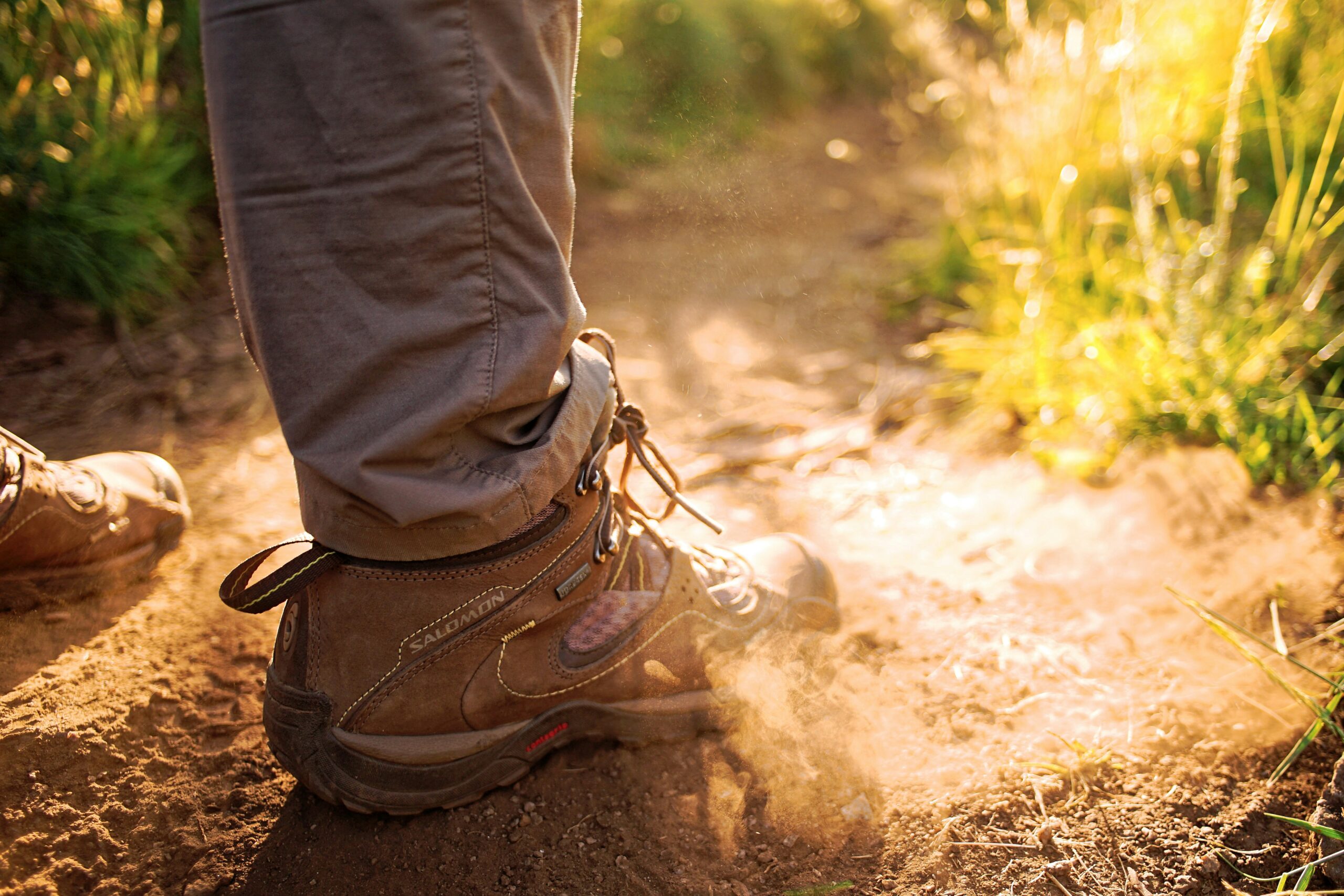<script type="text/javascript" src="http://classic.avantlink.com/affiliate_app_confirm.php?mode=js&authResponse=c4e13e1b9b5acdedad16d533a16f7bf0c234d607"></script>
<script type="text/javascript" src="http://classic.avantlink.com/affiliate_app_confirm.php?mode=js&authResponse=c4e13e1b9b5acdedad16d533a16f7bf0c234d607"></script>

Hiking in wet and muddy conditions requires the right footwear to keep your feet dry, comfortable, and supported. The wrong boots can lead to soaked socks, blisters, and reduced traction, making your hike more challenging than it needs to be.
In this guide, we’ll explore what makes a great waterproof hiking boot, including waterproof materials, traction, breathability, and fit. If you’re looking for top-rated waterproof boots, check out our Best Hiking Boots of 2025 guide.
Not all waterproof boots are created equal. The best models use high-quality waterproof membranes to keep your feet dry while allowing moisture to escape.
Tip: Avoid water-resistant boots—they provide limited protection compared to fully waterproof membranes.
Slippery trails require high-traction outsoles designed to grip wet rocks, roots, and mud. Look for:
Waterproof boots come in leather or synthetic materials, each with pros and cons:
Tip: For constant exposure to wet conditions, leather boots with a waterproof membrane are your best bet.
Waterproof boots should also be breathable to prevent sweaty, uncomfortable feet. Look for:
Proper fit is crucial for comfort in wet conditions:
Tip: Always try on boots with hiking socks before buying.
❓ How do I maintain waterproof hiking boots?
👉 Regularly apply waterproof treatment, clean off mud, and dry properly after hikes.
❓ Are waterproof boots breathable?
👉 Yes, GORE-TEX and eVent membranes allow sweat to escape while keeping water out.
❓ Should I size up in waterproof hiking boots?
👉 No, but leave room for thick socks to prevent tightness and improve comfort.
The best waterproof hiking boots will keep your feet dry, provide traction in muddy conditions, and offer long-term durability. Whether you’re hiking in rain, crossing streams, or trekking through wet forests, choosing the right boots is essential for a successful adventure.
Looking for the best options? Check out our Best Hiking Boots of 2025 guide for expert recommendations.